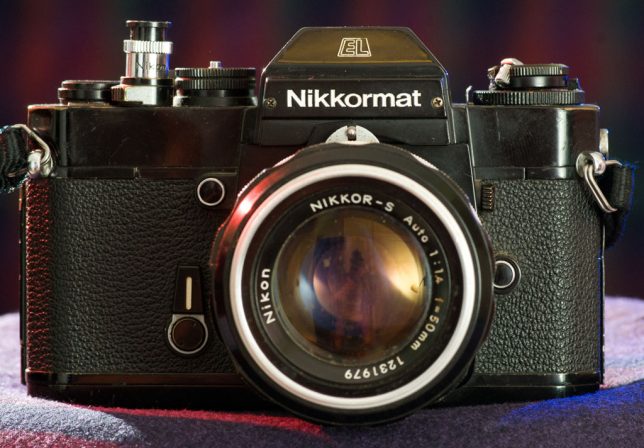

In the months and years following my first year at a full-time newspaper internship, I had a pretty clear idea about what kind of photographer I wanted to be. I wanted to be in the trenches, shooting football games in the rain, house fires in the middle of the night, perp walks on the courthouse steps, and the crowd going wild when the three-pointer hits at the buzzer.


To do all these things, I needed tough cameras with big, fast lenses. I started with a Nikon FM in 1982, and slowly added to my system. On the occasions when I had a little extra money, I often hit the pawn shops at Fort Sill, Oklahoma, where E-1 soldiers tended to blow all their pay on payday, then pawn what they bought two weeks later when they needed to make rent.



At several points in my camera shopping I came across nice Nikkormat cameras. Nikkormat was Nikon’s 1960s and 70s effort to manufacture less-expensive Nikons for amateurs, mostly by limiting their features. By the late 1970s, Nikon and Nikkormat had largely merged, and most Nikkormats had a fair amount of features.
All the cameras made by Nikon during that era were built like tanks: steel frames, brass mounting rings, real glass pentaprisms, engraved and painted markings. It was a golden ago of camera-making for most camera makers, including Nikon.

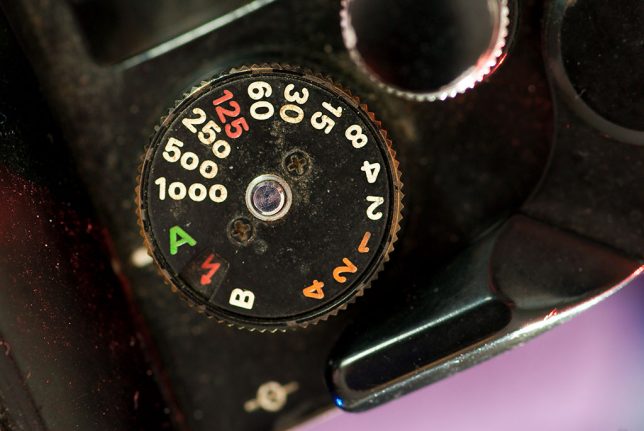
At one time or another I owned…

- Nikkormat FT, the original 1965-design without auto aperture indexing. I eventually sold it after discovering a significant focus calibration error.
- Nikomat (brand name sold only in Japan) EL chrome top. I often carried this as my second-camera, usually with a wide angle lens on it, when I would be in the field all day, like at the annual Fourth of July festivities. It died, and I gave it to someone (I don’t remember who.)
- Nikkormat EL. For years this camera had a place in my bag, and it remained healthy into the digital era. It has an auto-winder, which is slow and bulky, and is difficult to hold due to a lack of handgrip. In 2002, I handed it to Jamie for our hiking trip to Utah. She had a great time using it, and ended up keeping it in her collection on permanent loan. I borrowed it this week to photograph, but I consider it hers.
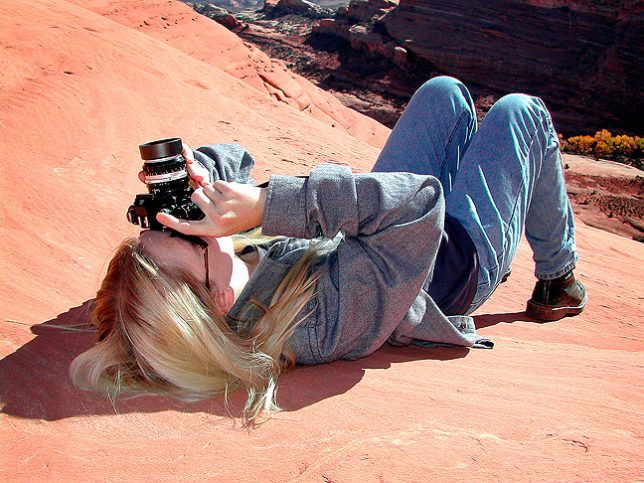
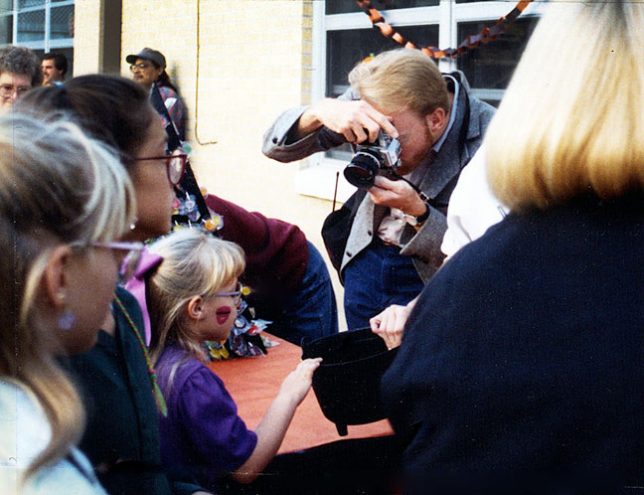
The Nikkormats were Nikon’s last effort to create something that was both well-crafted and affordable. Starting in 1981, Nikon introduced the Nikon EM, their first SLR that was mostly plastic, and in keeping with an overall trend in camera manufacturing, never made anything like the Nikkormats again.
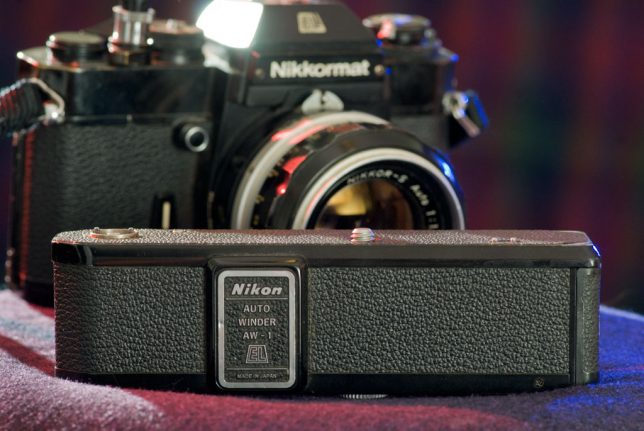
It really is a tank. I was not graceful in the Cayonlands and banged it on the side of the trail at times and it took it like a champ. I do have the best memorie of this relic of both our pasts. Thank you, it’s a meaniful treasure.
For several years I’ve been admiring the ‘modernized F’ aesthetic of a like-new EL that normally lives on my office shelf. Then I put some color film in it to make some pictures a couple of months ago. What a nice camera. So enjoyable to use, I went and found an inexpensive EL beater -but totally functional- that just needed a good cleaning, and am having a good time back in my usual B/W world. What a nice camera to use. Yup, it’s your own fault for handing yours over to somebody else!